Flavor characteristics of Ugandan coffee the difference between Ugandan Bugishu AA coffee and Kenyan coffee
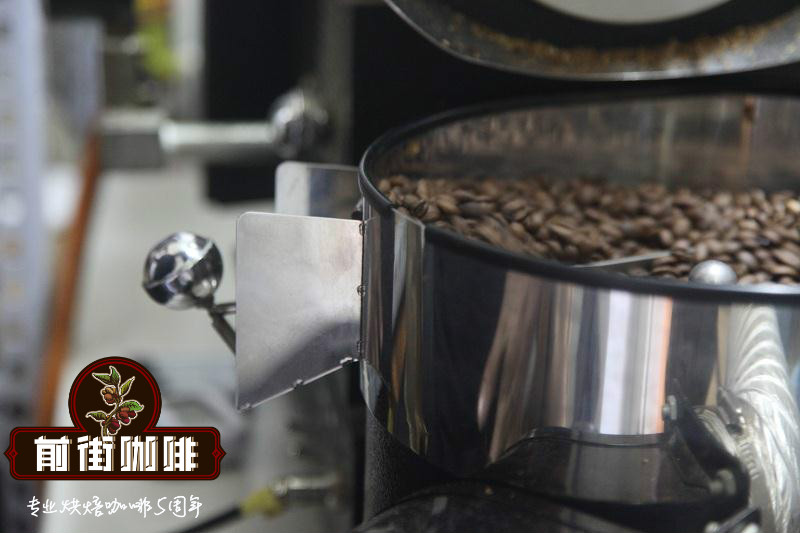
Professional coffee knowledge exchange more coffee bean information please follow the coffee workshop (Wechat official account cafe_style)
Uganda
The East African Great Graben (Rift Valley) connects Lake Weidoria and Mount Elgon is a famous and important boutique coffee belt in East Africa. The eastern side of Mount Elgon is one of the important coffee producing areas in Kenya, while the western side of Mount Elgon, the western highland on the Ugandan side, also produces great coffee. This area is Bugishu!
Bugishu, about 5 hours' drive from the capital Kampala; and the coffee distribution town of Bigisu is Mbale, where there are many trader companies and coffee storage stations, so some exporters will mark "Mbale" as raw beans, followed by a series, such as AA or A, but they are actually beans that belong to the Bugishu area. Coffee farmers in Bugishu are called "Shambas". They grow bananas and cassava in coffee trees as food crops. Coffee is almost their only cash income, which is used to cover medical, household and educational expenses. Local small-scale farmers will focus on small-scale washing treatment during the coffee harvest period, and then concentrate on Mbale to sell, and then carry out the latter stage of dry treatment and classification process, and there are larger-scale consistent operation treatment plants and exporters in the capital Kampala.
Uganda, arguably the mother of Romsda in Africa, has also produced excellent high-altitude Arabian species in recent years:
Bugishu (or Bugisu) happens to be the East African bean of this series, which finally arrives on the shelves. It is very different from Rwanda and Pulondi in aroma or flavor. In terms of acid quality, Rwanda is the brightest and lively, followed by Pulong, and Uganda has the softest acid. In terms of the mellow taste, the three have their own advantages, and all belong to the excellent bean shape of body; and the aroma is the gentlest in Uganda, the most upfront in Rwanda, and the most dutiful in Pulong, because according to the harvest time of 2004-2005, the high-altitude high-quality beans in East Africa are actually very fragrant, and the characteristics of the flavor are also very clear!
The geography and climate of Uganda: Uganda is an inland locked country, not close to the sea, but it has a great lake of Weidoria, neighboring Kenya to the east, Zaire to the west (now the Republic of the Congo), Sudan to the north and Tanzania to the south. Due to the high mountains in the country and the regulation of Lake Victoria, Uganda has a mild climate across both sides of the equator, which is naturally suitable for growing good coffee.
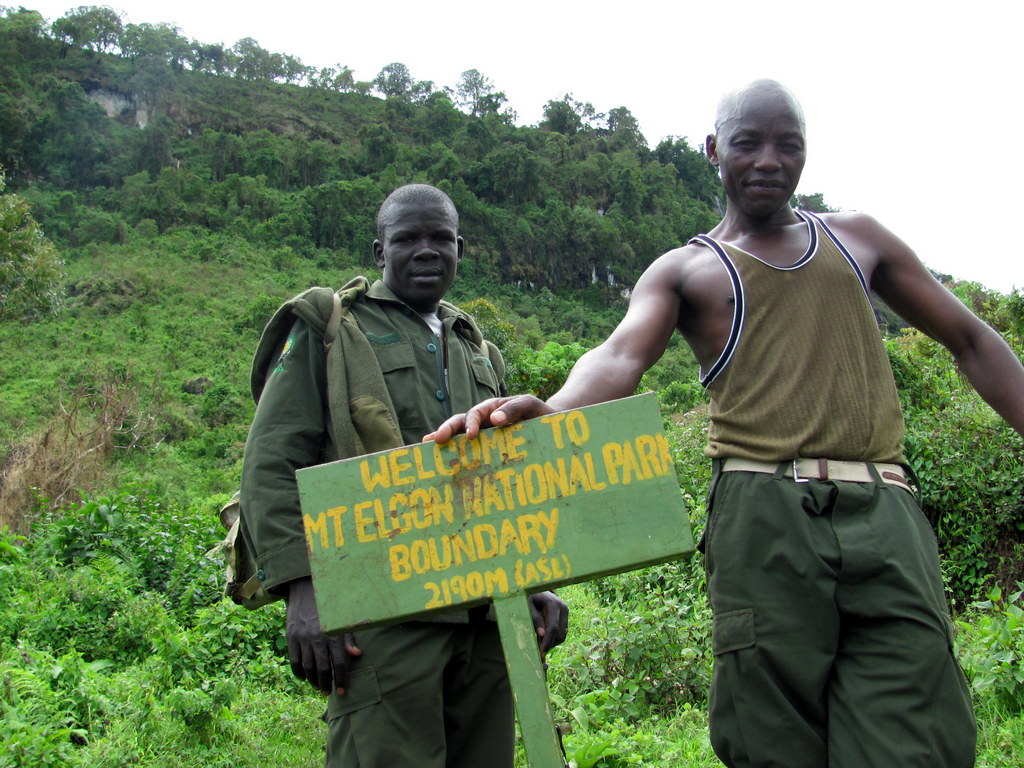
Romda coffee was discovered around Lake Weidoria in 1860, and to this day, there are still wild species there.
At the beginning of the 20th century, Arabian species were introduced from Malawi in South and East Africa, while Arabian species were mainly cultivated in Bugishu region (along the slope of Elgon Mountain) and Wugars region. The Arabian species were sold in Bugisu AA, Bugisu A (above washing treatment), Wugar A (washing), and a small amount of sun-dried bean Drugar.
Coffee farmers in Bugishu are called "Shambas". They grow bananas and cassava in coffee trees as food crops. Coffee is almost their only cash income, which is used to cover medical, household and educational expenses. Local small-scale farmers will focus on small-scale washing treatment during the coffee harvest period, and then concentrate on Mbale to sell, and then carry out the latter stage of drying and grading process, and there are larger-scale consistent operation treatment plants and exporters in the capital Kampala.
93% of the country's total coffee output of raw beans is used for export to earn foreign exchange (including Arabian and Romanian varieties).
The main harvest period of Arabian species is from October to February of the following year, and the secondary harvest period is in August.
Luo species (north of the equator): October to February; Luo species (south of the equator): may to August
The main varieties planted in Arabian species are: Bourbon and Kent (but in recent years, improved new species have been tested)
Country: Uganda: Bugishu (also written as Bugisu), northeast slope of Mount Elgon
Marked: Bugishu
Grade: AA
Treatment: washing method (after fermentation cleaning, picking and drying in the sun)
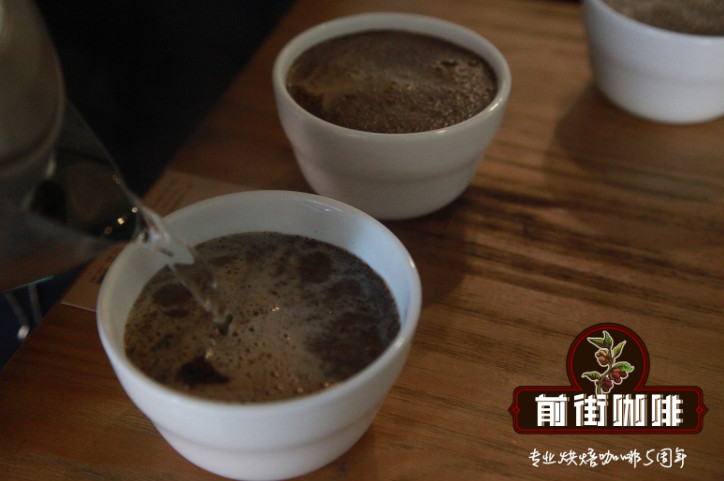
Front street coffee cup test: a burst of beans in the middle, that is, M0 baking degree, cinnamon roasting degree
Dry aroma: grass, sweet fruit, nutty
Wet fragrance: sweet caramel, flowers and fruits, spices
Sipping: cocoa-like bitter sweet taste, spice taste, acid is not bright belong to soft type, fruit sweet, greasy thick, tea astringent feeling will stimulate saliva to produce spice sweet feeling is very special, caramel sweet is obvious.
Kenya
African coffee is famous all over the world for its charming acidity and aroma, and Kenya is certainly not absent. Kenya is a tropical region, with two rainy seasons a year and two harvests, with 60% concentrated from October to December and 40% from June to August. Coffee is mainly grown in volcanic areas from the capital Narobi to the mountains of Kenya at an altitude of 1600-2100 meters. The temperature in the mountain area is lower, and there is a high concentration of phosphoric acid soil, which grows slowly, the aromatic components of coffee beans are fully developed, the sour taste of the fruit is more obvious, and the texture is harder.
Kenya Neri Ichamama pearl beans
Kenya Neyri Ichamama Peaberry
Country Kenya (Kenya)
Karima Village (Karima Village) in the producing area of Neyri
Processing plant Ichamama
Small farmers, members of producers' Othaya Farmers' Cooperative Society cooperative
1700-1750 meters above sea level
Variety SL28 / SL34
Soil volcanic soil
Temperature 18-26oC
Harvest season November-January
Treatment of water separation, washing and sun drying of African scaffolding
、
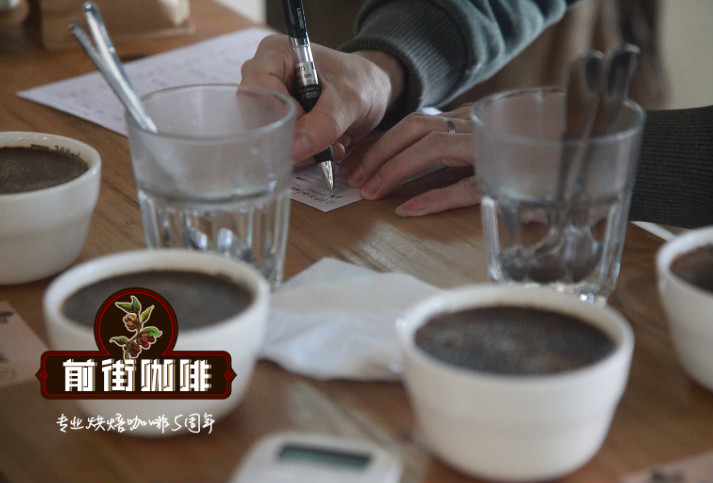
The aroma is steady and ripe, with a touch of sour red wine, dark berry flavor, apple acidity, mellow and full taste, sugarcane sweetness and some permissible aromas.
A comparison of front street coffee shows that Ugandan coffee is sour and sweet like cocoa, while Kenyan coffee has dark berry acidity and sugarcane sweetness.
END
Important Notice :
前街咖啡 FrontStreet Coffee has moved to new addredd:
FrontStreet Coffee Address: 315,Donghua East Road,GuangZhou
Tel:020 38364473
- Prev
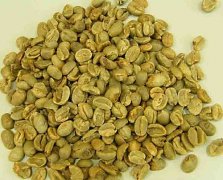
Uganda coffee taste Uganda AA- Bugison (Bugisu) Arabica washed coffee beans
For the exchange of professional baristas, please pay attention to the coffee workshop (Wechat official account cafe_style). Uganda is located in the Nile at the source of the landlocked countries of Africa. Although it has a long history of producing coffee like other East African countries, the quality of coffee has never been improved because of the war caused by ethnic antagonism. Good coffee is mostly grown in areas adjacent to Kenya, and some good coffee beans.
- Next
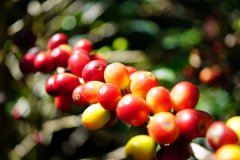
Introduction of siphon brewing method for washing treatment of Costa Rican coffee Tarazhu Diamond Villa Garden
For the exchange of professional baristas, please pay attention to the coffee workshop (Wechat official account cafe_style) siphon pot (Syphon), commonly known as "plug wind pot" or "siphon", is a simple and easy-to-use method of coffee brewing, and it is also one of the most popular coffee brewing methods in cafes. Although the siphon kettle has the nickname of "plug wind type", it has nothing to do with the siphon principle, but produces water vapor when heated by water.
Related
- Detailed explanation of Jadeite planting Land in Panamanian Jadeite Manor introduction to the grading system of Jadeite competitive bidding, Red bid, Green bid and Rose Summer
- Story of Coffee planting in Brenka region of Costa Rica Stonehenge Manor anaerobic heavy honey treatment of flavor mouth
- What's on the barrel of Blue Mountain Coffee beans?
- Can American coffee also pull flowers? How to use hot American style to pull out a good-looking pattern?
- Can you make a cold extract with coffee beans? What is the right proportion for cold-extracted coffee formula?
- Indonesian PWN Gold Mandrine Coffee Origin Features Flavor How to Chong? Mandolin coffee is American.
- A brief introduction to the flavor characteristics of Brazilian yellow bourbon coffee beans
- What is the effect of different water quality on the flavor of cold-extracted coffee? What kind of water is best for brewing coffee?
- Why do you think of Rose Summer whenever you mention Panamanian coffee?
- Introduction to the characteristics of authentic blue mountain coffee bean producing areas? What is the CIB Coffee Authority in Jamaica?

